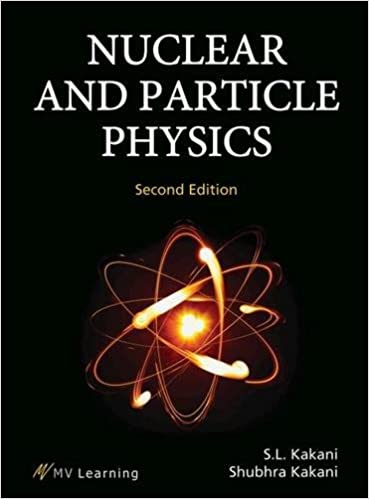What Does a Particle Physicist Study? Part 2

As a particle physicist, you will study the fundamentals of matter. This article will discuss the Standard model, Fermions, Dark matter, and holograms. The career also includes some travel, but you will mainly work in one area. For more information, you can check out this article: What Does a Particle Physicist Study? (Part 2)!
Standard model
The Standard Model is a theory of elementary particles and interactions based on the theories of the most basic particles in the universe. It explains how protons and electrons are formed from particles called quarks and leptons. These force-carrying particles influence matter and their interaction with each other can be described by the Standard Model. Ultimately, this theory can be used to help explain the structure of the universe.
Fermions
Particle physics has many branches, but the field of fundamental physics is one of the most fascinating. Fermions are the most basic type of particle. These tiny particles are made of quarks, ions, and antiparticles, and they are the basic building blocks of the universe. The study of these particles is the most exciting and important branch of physics today. These researchers have uncovered new theories about how matter and energy interact, and they’re developing tools to make our understanding of them easier.
Dark matter
The question is, what is dark matter? A particle physicist studies the mysterious particles in our universe, such as dark matter. This dark matter may be anything from gravitational waves to a dark subatomic particle. Scientists have proposed a variety of models to explain this mysterious force, but none of them is absolutely conclusive. Particle physicists are constantly in search of new ideas, and this topic is no exception.
Holograms
Particle physics is the study of how subatomic particles are made up of information. In fact, they are essentially “holograms.” The simplest way to explain this relationship is by focusing on a specific quantum property of the universe known as ‘quantum jitter’. This property allows scientists to define the position and momentum of a particle at an extremely small scale.
X-rays
A particle physicist studies X-rays. These particles can capture microscopic objects, such as DNA or chromosomes. These images have many uses in medicine, including helping to visualize the structure of organs or healing malignant tumors. Today, particle physics experiments are used in nuclear medicine, including positron-emission tomography (PET).
Synchrotrons
A synchrotron produces a beam of pencil-thin particles with energy more than a million times more powerful than the highest-energy natural radioactive emission. Originally developed as atom smashers, synchrotrons were used by particle physicists to study matter and how it interacts with light. Now, however, the purpose of synchrotrons has expanded. The UK built the first generation synchrotron at Daresbury in the 1980s.

Leave a Reply